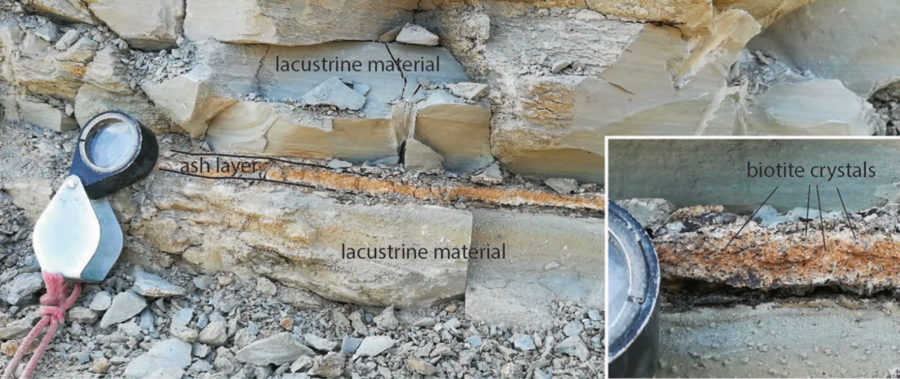Upper Miocene volcanic ash layers from central Italy: a research team tracking down the volcanic source
The Mediterranean region has been characterized by intense explosive volcanism. These eruptions products were thrown into the air and dispersed over wide areas to later be deposited as ash layers, many of which are preserved in some continental and marine sedimentary basins, however the understanding of their sources remains challenging. A team of researchers investigated, by a multidisciplinary approach, upper Tortonian (~ 7.6 Ma) ash layers sampled from three different localities, from the Tyrrhenian to the Adriatic coast of Italy. Several potential volcanic centers were active during the late Tortonian, including the Massif Central (France), the Valencia trough (Spain), the Betics-Rif orogen (Spain-Morocco), and eastern Carpathians (Romania) and Capraia island (Italy). Through detailed radioisotopic dating and geochemical comparisons, the researchers narrowed down the possible source to the Upper Miocene Capraia island volcano (the northern Tyrrhenian basin).
Bibliographic reference
Roverato, M., Farina, F., Lupi, M., Ovtcharova, M., Montanari, A., Bonini, M., & Montanari, D. (2024). Upper Miocene volcanic ash layers from central Italy: tracking down the volcanic source. Bulletin of Volcanology, 86(10), 86.
For information: Domenico Montanari, CNR-IGG (domenico.montanari@cnr.it)
